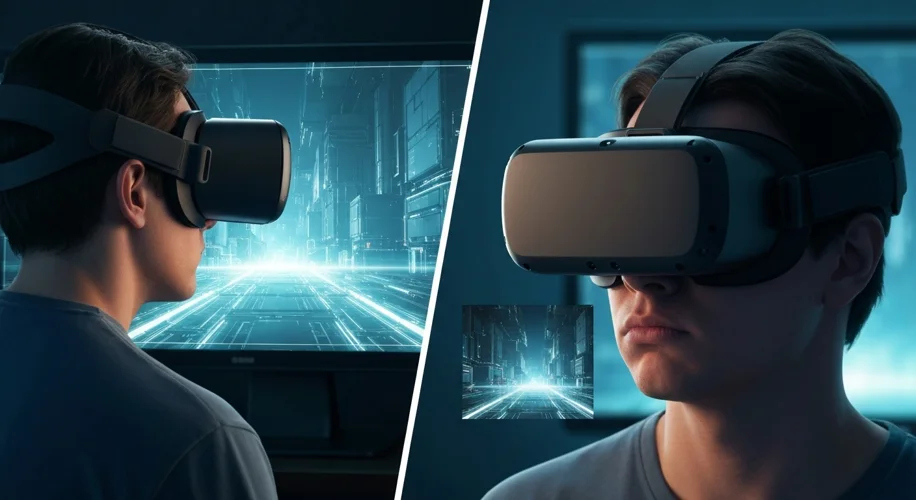Okay, so hear me out. Virtual Reality gaming is supposed to be this fully immersive, mind-blowing experience, right? But lately, I’ve been noticing something weird. A lot of games are dipping their toes into VR, adding a VR mode or VR elements, but they’re not going all-in. And as someone who’s spent a good chunk of time building and testing VR projects, I can tell you it feels like a missed opportunity.
Think about it. We’ve got games like Microsoft Flight Simulator, which is absolutely incredible in full VR. Then you have titles that might offer a VR spectator mode, or maybe a specific mini-game that’s VR compatible. It’s like they’re saying, “Here’s a little taste, but don’t get too used to it.” And for us VR enthusiasts, it can be a bit of a bummer.
I remember getting really hyped for a particular title that announced VR support. I strapped on my headset, ready to be transported. But then, it turned out only a small part of the game was playable in VR, or the controls felt really clunky because they weren’t designed from the ground up for VR. It’s that feeling when you’re super excited for a sequel, and it’s just… fine. Not bad, but not the leap forward you were hoping for.
Developers are clearly seeing the potential, which is great! The tech is getting better, headsets are more accessible, and more people are getting curious. But here’s the catch: making a truly compelling VR experience takes more than just slapping a VR camera into an existing game. It’s about designing the world, the interactions, and the entire feel of the game with VR as the primary focus. Think about games like Half-Life: Alyx. That was built for VR, and you can tell. Every interaction, every environment feels crafted with that immersive headset experience in mind.
The emotional impact on VR fans is real. We’re the early adopters, the ones who are genuinely excited about the future of gaming being more than just looking at a screen. When a game offers a half-baked VR experience, it’s not just a technical disappointment; it can feel like the developers don’t fully understand or prioritize what makes VR special. It’s the potential for presence, for feeling like you’re actually there. When that’s watered down, it’s frustrating.
So, what’s the future potential? I think we’re going to see more developers get brave. As VR hardware continues to improve and the user base grows, the investment in fully VR-native titles or robust VR modes will become more compelling. Imagine your favorite open-world RPG or a high-octane shooter being fully playable and optimized for VR from the start. That’s the dream, right?
It’s not about just adding a VR feature; it’s about rethinking how games are made. It’s about leveraging VR’s unique capabilities to create experiences that simply aren’t possible on a traditional screen. We’re seeing glimpses of this now, and I’m hopeful that in the next few years, we’ll see more developers fully embrace the VR potential, giving us those truly immersive moments we’re all craving.

